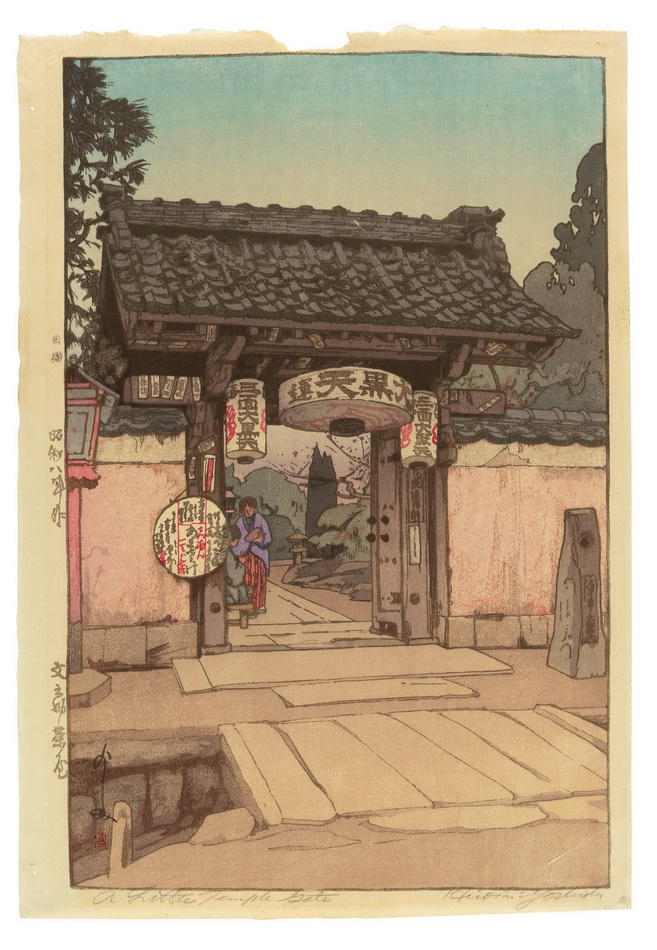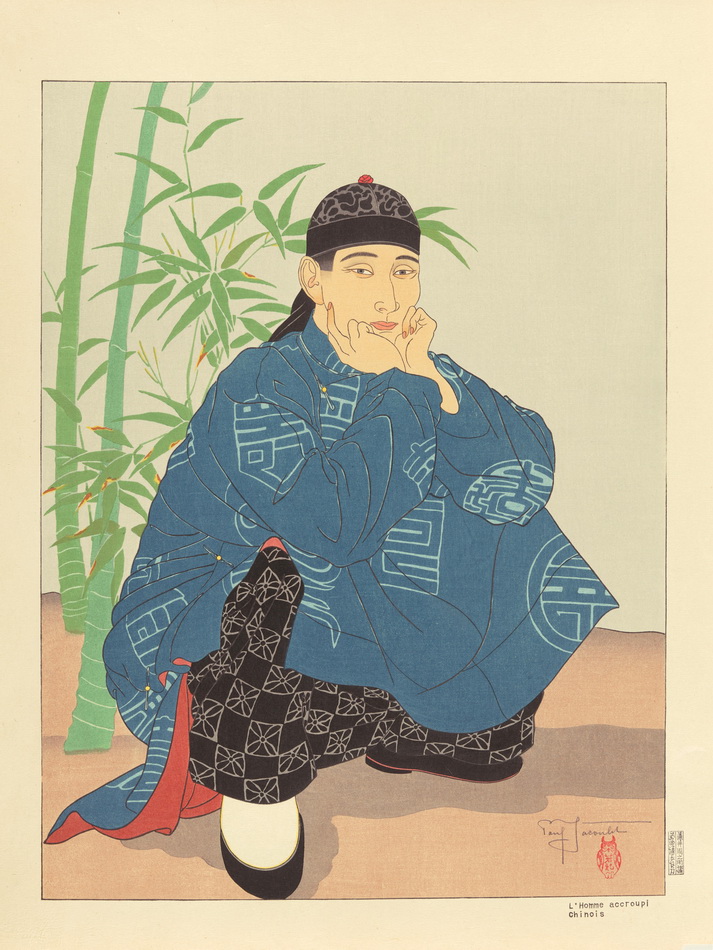图片文件尺寸 : 4138 x 5178px
ATTRIBUTED TO TANAKA HYOAMI (1881-1972):A lacquer kashiki (sweet dish)
Showa era (1926-1989), 20th century
Of irregular circular form with raised rim, made from lacquer mixed with polishing-stone powder and sawdust and finished with a layer of silver filings, unsigned
With a clear-lacquered tomobako storage box inscribed on the cover Gin yasuriko-fun torigashibon (Serving tray for sweets with surface finished in silver filings), signed on the underside of the cover Nushi Hyoami (Lacquerer Hyoami) with seal Hyoami, and with tomogire (original silk wrapper) stamped Honkataji nushi maki-e Tanaka Hyoami (Made in honkataji technique [see footnote], lacquerer and maki-e artist Hyoami)
10 3/8in (26.5cm) diameter
归因于田中孝美(1881-1972) 昭和时代的漆,20世纪







